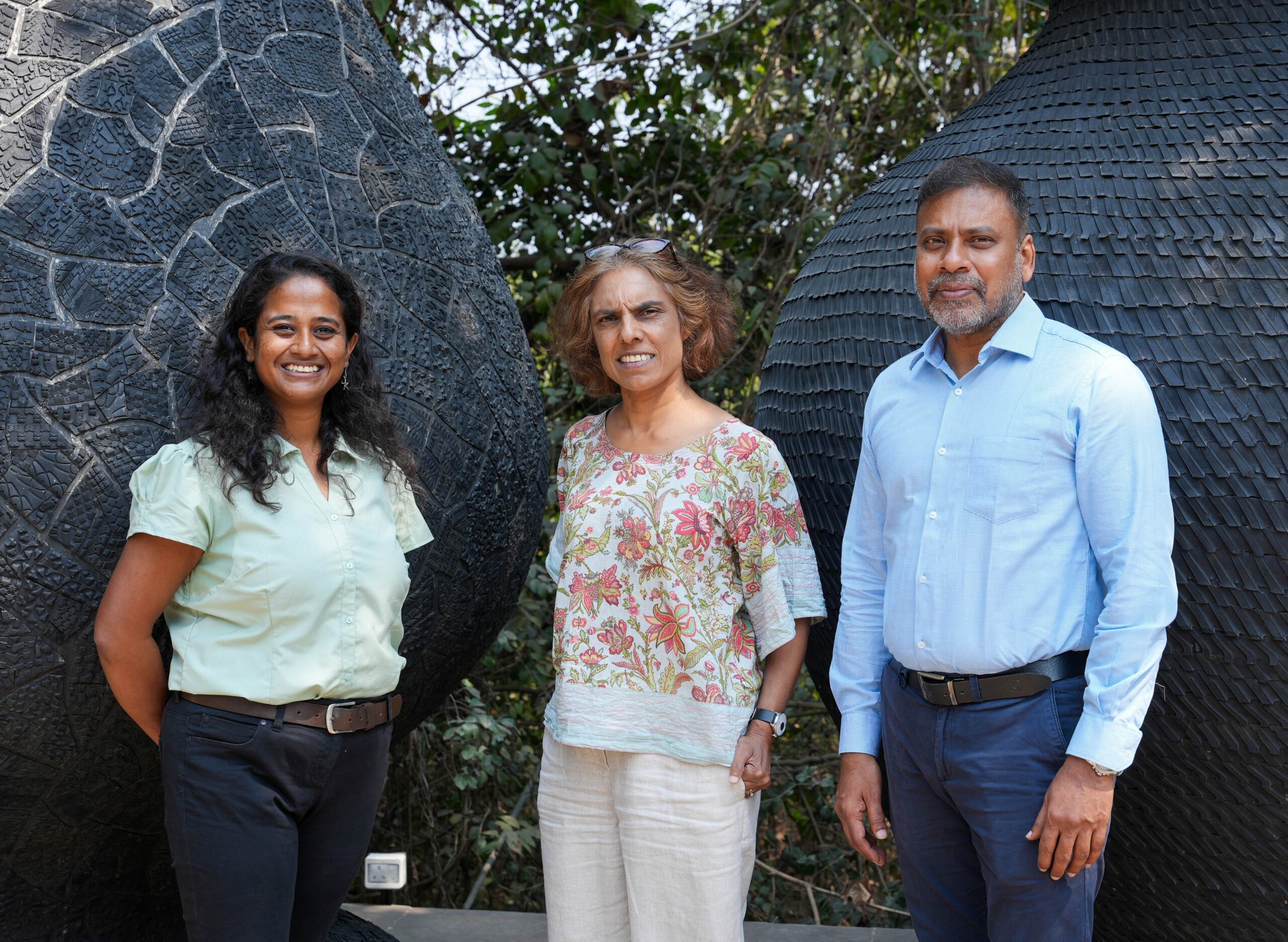~ According to diving instructor Sinjini Chanda, people taken for recreational scuba diving by unregistered divers are transmitting infections to local coral systems in Goa by touching them as they are not informed.
~ The threat to Goa’s coral reefs and the importance of ocean conservation was highlighted at the recent MOG Sundays talk, which hosted a panel comprising Sinjini Chanda, Dr Chinnarajan Ravindran, Prashant Vaze and Maya de Souza, who discussed the importance of the blue economy.
Unscrupulous water sports operators offering scuba diving services with substandard diving gear are infecting and damaging coral reefs off the coast of Goa and can be potentially hazardous to divers, said Goa-based scuba instructor Sinjini Chanda at a recent MOG Sundays talk at Museum of Goa (MOG), Pilerne.
Chanda, who was a member of a panel comprising principal scientist and associate professor Dr Chinnarajan Ravindran, climate change economics and finance expert Prashant Vaze, moderated by co-director of Act for Goa Maya de Souza, stated that Goa has around five or six registered dive operations ratified by international scuba training councils and a few certified independent instructors, who offer scuba diving with extensive safety equipment, advanced gear.
“Uncertified dive operators will always cut costs when utilising updated and adequate underwater safety equipment. We have seen divers being made to use the same oxygen tank as the instructors – many of whom don’t even wear diving gear – which is very dangerous as the oxygen runs out in record time,” said Chanda, who holds a Professional Association of Diving Instructors (PADI) certification.
She also highlighted the importance of respecting marine life while undertaking underwater recreational activities. “One of the first things we learn as divers and diving instructors is caring for the reefs and avoiding unnecessary contact. We have seen divers without the correct gear touching corals, and one of the biggest threats to the reefs is an infection transmitted through human contact as we have organisms, microbes and germs living on our hands that are alien to the underwater world. Critical regulation by authorities is needed urgently to prevent this,” said Chanda, who conducts dives off Bat and Grand Islands, which have prominent reef concentrations.
Climate change, deforestation, coastal development, dumping untreated sewage, agricultural runoffs and industrial pollution are leading to the widespread devastation of coral ecosystems, according to Dr Chinnarajan Ravindran.
“These factors, coupled with the increased presence of microplastics in water bodies, are leading to the bleaching of the reefs. Microplastics, especially, are vectors of infection, destroying the symbiotic relationship between algae and the coral polyps, hindering coral growth and eventually killing the reef. Unchecked marine trafficking is also disturbing the reefs’ ecosystems, as coral reef-associated fishes are being exported to aquariums,” said Ravindran, part of the Biological Oceanography Division, CSIR – National Institute of Oceanography (NIO), Dona Paula.
Ravindran went on to state that “coral reef recovery and restoration is of the utmost importance”. He listed the transplantation of coral fragments by marine biologists, which entails the reattachment of these fragments to the substrate to establish coral colonies in new areas; planting artificially reared corals grown in tanks or on farms in living coral reef areas; enhancing coral growth rates through processes like mineral accretion, which utilises low voltage electrical current to accelerate growth; and artificial reefs constructed out of items like old tyres, rocks and reef balls (a designed artificial reef module that imitates the function and structure of a natural reef) as methods to restore reefs and restock marine life in damaged, depleted areas.
Highlighting a method to encourage large investments in ocean conservation globally, Prashant Vaze spoke about blue bonds, wherein large corporations use bonds to raise finance greater than 50 million US dollars directly from investors interested in conservation efforts and the blue economy, and investors receive a regular interest payment and their capital back at the end of the term, which is over five years.
“To ensure that the funds are not misappropriated and are spent well, conservation trust funds are set up. This is a corporate structure where the money goes to a local conservation trust fund, which has members of non-governmental organisations, industry and local stakeholders, to manage and deploy funds,” Vaze said.
Vaze also stated that at the current level of pollution and environmental damage, an amount of 550 billion US dollars is needed annually to fund tropical ocean conservation, with around half the funding required in Asia.


